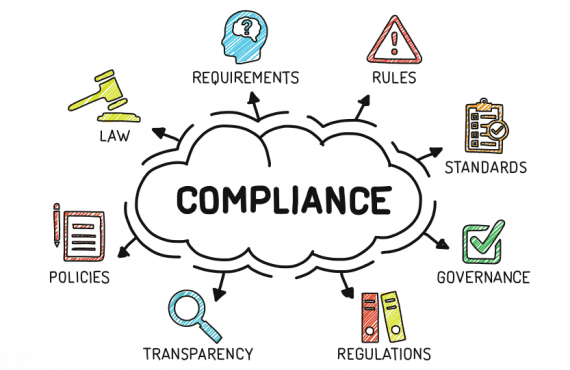Once a skilled or long-term nursing facility has an Emergency Preparedness plan in place—something that will be legally mandated by the Emergency Preparedness Requirements for Medicare and Medicaid Participating Providers and Suppliers Final Rule which comes into effect on November 15, 2017—an additional legal compliance obligation is to conduct annual tests of all aspects of that plan.
All facilities are required to develop and maintain such an emergency preparedness training and testing program—at the risk of financial penalties or disbarment from the Medicaid/Medicare program.
This training and testing program must be updated at the very minimum every twelve months, and must include the provision of initial training in emergency preparedness policies and procedures.
Facilities will be obligated to provide training “to all new and existing staff, including any individuals providing services under arrangement and volunteers, consistent with their expected roles, and maintain documentation of such training,” the Final Rule says.
In addition, facilities must provide training on emergency procedures at least annually and ensure that staff demonstrate competency in these procedures.
The actual testing has to take on the form of drills and exercises which will test to the fullest possible extent all of the components of the emergency plans. This means participation in an annual community mock disaster drill, or if such an event is not available, then facilities should conduct their own mock disaster drills.
Facilities are also expected to conduct a paper-based “tabletop” exercise on an annual basis. This is a theoretical discussion using a “narrated, clinically-relevant emergency scenario,” designed to expose loopholes or demonstrate the robustness of an emergency plan.
Facilities are required to conduct one full-scale exercise and an additional exercise of their choice, which could be a second full-scale exercise or a tabletop exercise.
The purpose of a training and testing program is to demonstrate the effectiveness of the facility’s global emergency plan and to use the results of drills and exercises to improve it.
Training has to be made available to everyone associated with the facility, and it is up to the facility to determine the level to which any specific individual should be trained, based on that individual’s involvement or expected role during an emergency.
Understandably, the only time a facility will be exempt from running a mock drill will be if it experiences an actual natural or manmade emergency that requires activation of the emergency plan. This exemption will last for exactly one year following the event.















































